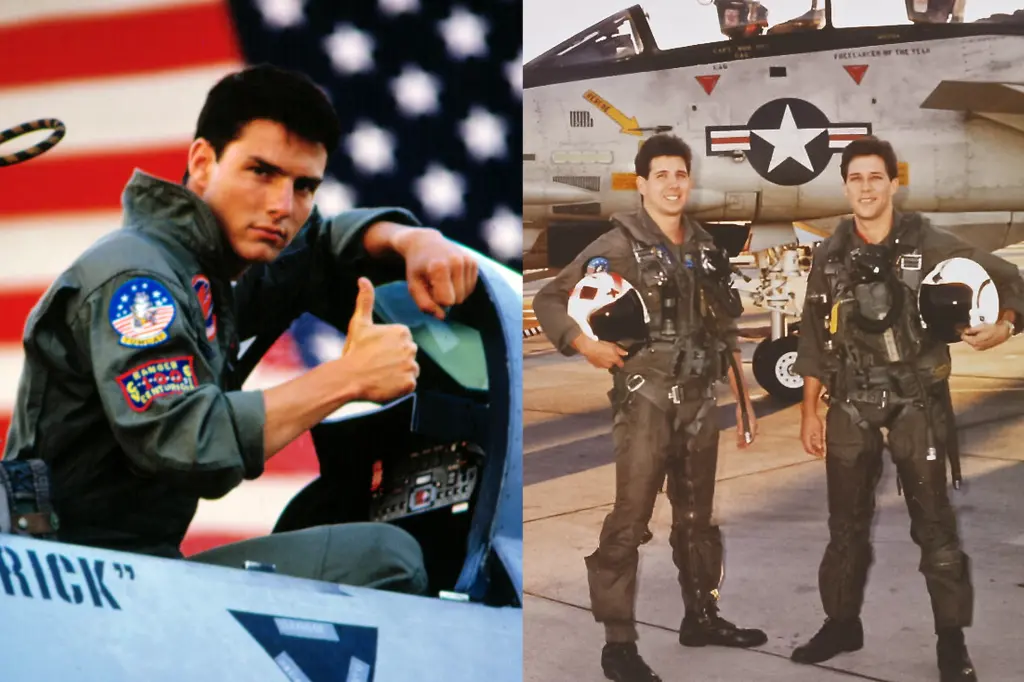Pete “Maverick” Mitchell was a captivating figure in the first Top Gun movie, but part of the resounding success of Tom Cruise’s titular character in Top Gun: Maverick can be attributed to his likeness to the real members of the TOPGUN team. Cruise’s depiction in the original Top Gun understandably contrasted with the conduct expected of a Navy pilot. Maverick certainly exhibited his trademark nonconformist nature in the sequel, but this was deliberately cast aside in favor of a more military-accurate presence. Top Gun: Maverick cemented Cruise’s character as a team player, eliminating the need for a cliché conclusion and instead chronicling an unexpected journey of growth.
In the first film, Maverick is arrogant, brash, and self-interested, which mirrored Hangman’s initial depiction in Top Gun: Maverick. This was a vast deviation from the temperament demanded from members of the real-life military aviation program. While this characterization in Top Gun was made for dramatic effect, it aided in solidifying the transition to a realistic role for Cruise in Top Gun: Maverick. With Maverick’s desire to complete being balanced out with him becoming more of a grounded mentor, he became closer to the real TOPGUN squads, bringing the team together instead of solely gunning for the top spot.
Top Gun Vs. Top Gun 2: Which Team Is More Like Real Life?

Maverick was a fitting call sign for Tom Cruise’s character in the original Top Gun movie, but his levelheaded presence in Top Gun: Maverick was an exceedingly accurate reflection of the TOPGUN program’s real members. Maverick’s unrelenting desire to prove himself in the first film originated from a sense of selfishness. Mav’s quest for greatness arguably lead to the death of his faithful companion Goose, and the loss of his friend signaled a necessary change. Maverick’s more nuanced relationship with his previous rival Iceman, as well as his role as a mentor to pilots like Rooster and Hangman, are much more akin to the collective unity of TOPGUN’s spirited squad.
Former TOPGUN instructor Guy M. Snodgrass praised both Top Gun films, “the real TOPGUN has a tremendous amount of camaraderie and esprit de corps, which also shines through in the movies,” the former Navy pilot said (via HowStuffWorks). While Maverick and Goose’s dynamic in Top Gun was the emotional heartbeat of the film, this was the only genuine relationship Maverick held. As opposed to his predominantly selfish nature in the first film, Maverick utilized his inherent competitive edge to inspire others in Top Gun: Maverick, even the initially unimpressed Hangman. The rationale for this change in character was evidently based on practicality and real-world scenarios for the pilots at TOPGUN.
Top Gun 2’s Maverick Being More Realistic Meant His Death Wasn’t Needed

According to Top Gun writer Jack Epps Jr. in the Danger Zone: The Making of ‘Top Gun’ documentary, “Maverick as a character is anti-Top Gun.” Epps stated that this character choice was deliberate and that he “had no trouble taking dramatic license.” This creative embellishment from Epps strengthened Maverick’s roguish charm in the original film and paved the way for Cruise’s mature version of Maverick in the sequel.
Maverick embodied the archetype of the reluctant mentor in Top Gun: Maverick. This was a welcome change to his character from the first film that allowed for a layered and lifelike portrayal. Maverick formed meaningful, lasting connections with not only his co-pilots, but with Jennifer Connelly’s character Penny Benjamin as well. Although these bonds set the scene for a tragic albeit expected death for Cruise’s character, killing off Maverick would have defeated the core message of the film and ruined the growth of his character. Top Gun: Maverick worked as an effective message of collective spirit, a theme that was expertly conveyed through the lens of Pete “Maverick” Mitchell.
